For ‘Babylon,’ Damien Chazelle Wanted ‘A Party to Defy All Expectations’
Oscar-winner Damien Chazelle breaks down the backstory behind the fabulous excess in his Hollywood epic, 'Babylon.'

The brazen, boozy excess of Prohibition-era Hollywood has fueled many a legendary behind-the-scenes tale, in print, in songs, and on the silver screen. All that Jazz Age decadence coincided with movies making their tumultuous transition from silents-to-sound, so there’s a wealth of ’20s-set shenanigans for classic films like Singin’ in the Rain and The Artist to cover.
Still, no major film depiction of the era has dared to go as far as writer-director Damien Chazelle’s Babylon, starring Brad Pitt, Margot Robbie, and newcomer Diego Calva as Hollywood denizens longing to be part of something bigger than themselves.
That hunger pulsates through Babylon, a racy, gleefully over-the-top chronicle of early Hollywood, with the balls — and tits and ass and everything else — to capture the town’s delights and debauchery in all their glory.
Like many film fans, Chazelle says he probably first ran across the story of cinema’s silent-to-sound transition seeing Singin’ in the Rain, the 1952 musical starring Gene Kelly as a silent-film star painfully navigating the shift to sound. Singin’ in the Rain, of course, ends happily with Kelly’s silent actor Don Lockwood landing triumphantly on his feet as a newly fashioned star of musicals.
That sunny 1950s fantasy of the silent-to-sound transition “defined what I thought of it for a while,” says Chazelle. “And then, at some point, maybe 15 years ago or so, I stumbled upon some account of this spate of suicides across Hollywood around the time that sound came in, and a lot of it being these actors who had suddenly found themselves on the outskirts or on the outs. And, in a way, something didn’t compute for me.”

Singin’ in the Rain‘s happy ending bore little resemblance to some of the cold, hard truth, Chazelle learned. “I’d sort of had this conception of the transition as being, you know, funny and quaint in a way, but not cataclysmic, necessarily,” the filmmaker recalls.
“Then, getting some sense of the actual collateral damage of it made me think twice about it. And I just became fascinated by — I guess I’d call it the darker underbelly of that transition, of that story, and of that time in Hollywood history.”
Compiling binders and look-books of research, photos, and clippings, Chazelle, 37, the youngest Best Director Oscar winner ever for his work on La La Land, just started to scratch the surface of the film he wanted to make about the era.
“It became the pattern of researching this movie [that] I would keep reading things or stumbling upon records that would shock me, that would surprise me, that would leave my jaw on the floor,” he says. “And every time I found something like that, that had that sort of effect on me, that became something that I wanted to put in the movie.”

Those fun facts and notes of authenticity included not just details of outlandish debauchery, but also nods to talents largely forgotten, like the trailblazing female filmmakers of the day, reflected in Babylon‘s fictional Ruth Adler (well-played by Olivia Hamilton).
“I think we always kind of assume in some ways that the world, or let’s say Hollywood, is just kind of generally progressing from each decade to the next,” Chazelle observes. “But in many ways, the Twenties and the pre-sound days were more diverse, more open to things like female directors than the Thirties and Forties, and some of the later decades were.
“You would see a lot more things like women directors calling the shots. Female editors. You’d see people of color, both in front of and behind the camera. You’d see a kind of fluidity of sexuality, a kind of acceptance of things that very quickly, once you got to the end of the Twenties, early Thirties, were no longer accepted at all and became very verboten.”
Chazelle and crew packed just about every forbidden desire one can imagine into the wild party scene that opens the film in a sprawling, drug-fueled bacchanalia that was shot over ten days, and in a few different locations. The eye-popping results must be seen to be believed.
“I knew I wanted this to be a party that would defy all expectations of what a 1920s party is,” says Chazelle, who enlisted the skills of not only his La La Land choreographer Mandy Moore, but intimacy coordinator (and self-described “sex choreographer”) Michael Arnold.
“We’ve seen so many 1920s parties on film. And I wanted to do the opposite of what I’d seen before. I knew there was more to the Twenties than just bobbed haircuts and Charlestons and pencil eyebrows. And so this party needed to be the sweatier, even bloodier kind of counterpart to that.”
Chazelle’s wild party has everything. “Longer hair, messy costumes, people much more scantily clad than we’re used to seeing, full nudity, orgies, drugs, cocaine everywhere, animals,” he says. And that’s not to mention the cast of hundreds.
“It just needed to be this kind of free-for-all that actually felt, for lack of a better word, dangerous — where you actually feel like, ‘Yes, on some level, maybe this is a really fun time. On another level, this looks like it’s veering very close to going out of control, if not already there,'” Chazelle says.
“By the end of it, there is some real collateral damage to even just that party. So trying to show the beauty and the ugliness, and the highs and the lows that could occupy just a party, and trying to cram those all into this big opening sequence that would declare very overtly, very loudly what this movie was, what it was going to be, that became part of the point.”
Babylon is playing at theaters nationwide. Visit www.fandango.com.
Support Metro Weekly’s Journalism
These are challenging times for news organizations. And yet it’s crucial we stay active and provide vital resources and information to both our local readers and the world. So won’t you please take a moment and consider supporting Metro Weekly with a membership? For as little as $5 a month, you can help ensure Metro Weekly magazine and MetroWeekly.com remain free, viable resources as we provide the best, most diverse, culturally-resonant LGBTQ coverage in both the D.C. region and around the world. Memberships come with exclusive perks and discounts, your own personal digital delivery of each week’s magazine (and an archive), access to our Member's Lounge when it launches this fall, and exclusive members-only items like Metro Weekly Membership Mugs and Tote Bags! Check out all our membership levels here and please join us today!





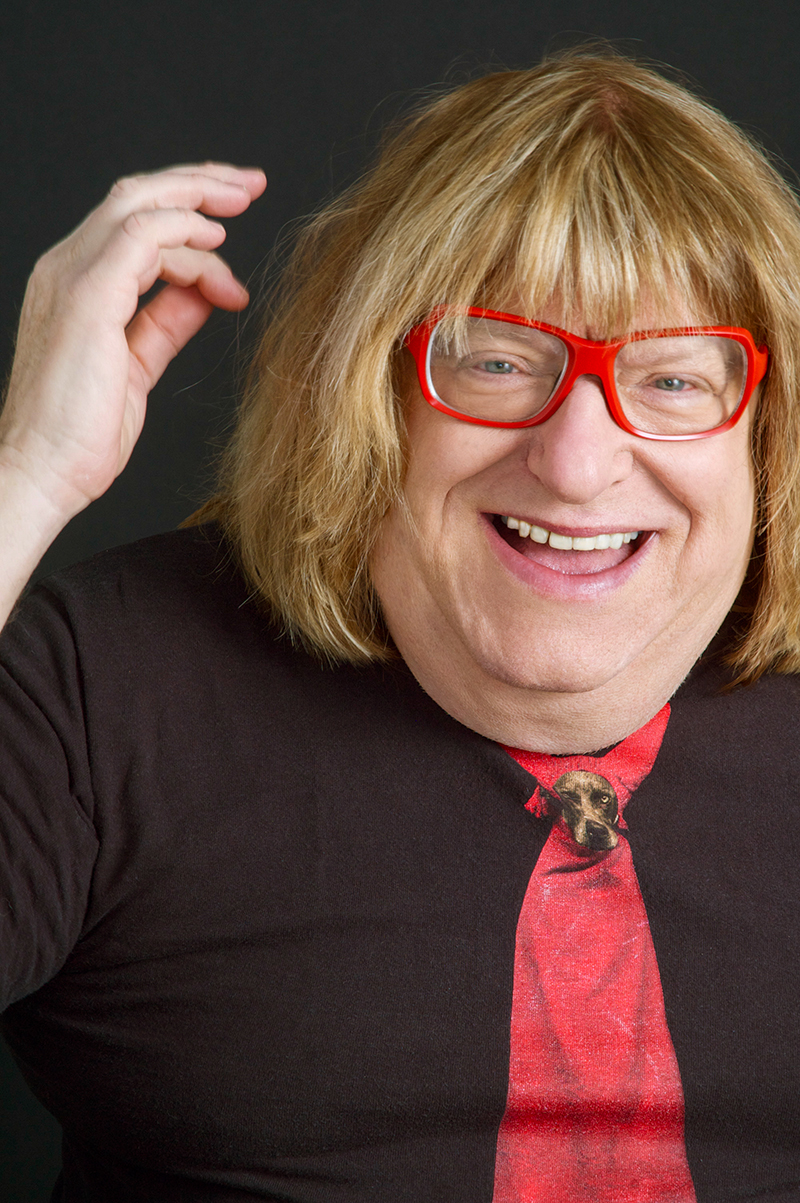
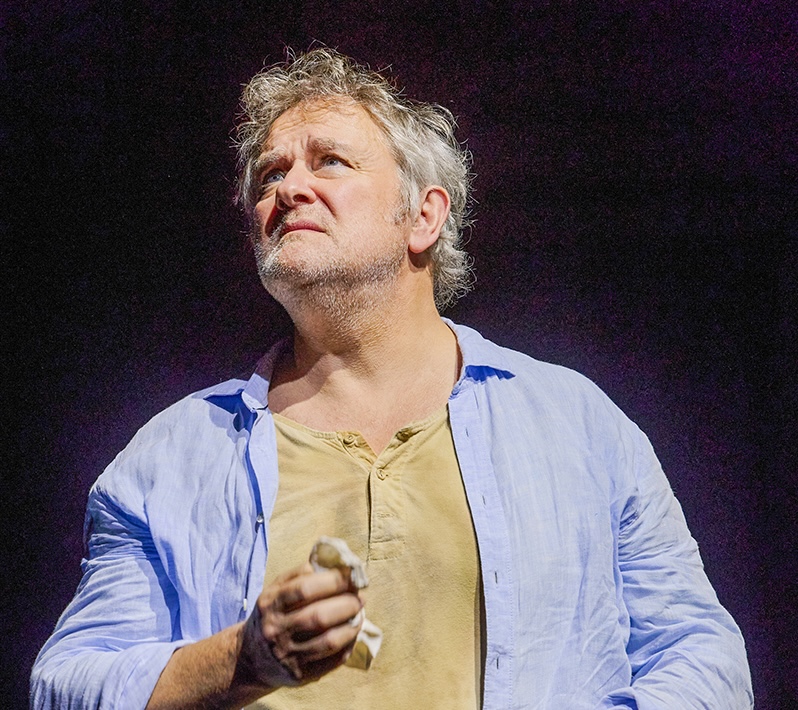














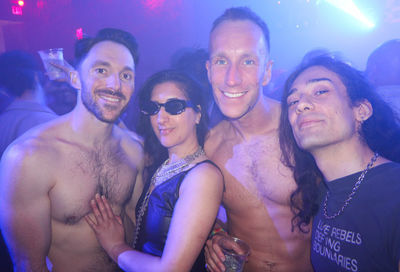
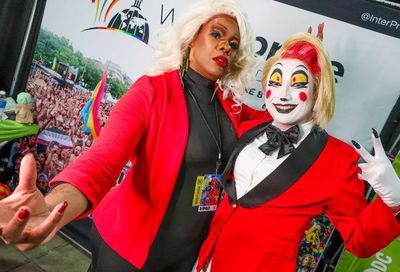
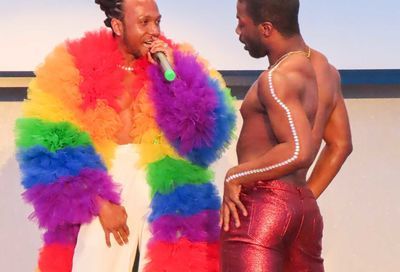
You must be logged in to post a comment.